I created an AI app in 10 minutes and I might never think about artificial intelligence in the same way again
No longer magic

Pretty much anything we can do with AI today might have seemed like magic just a year ago, but MindStudio's platform for creating custom AI apps in a matter of minutes feels like a new level of alchemy.
The six-month-old free platform, which you can find right now under youai.ai, is a visual studio for building AI workflows, assistants, and AI chatbots. In its short lifespan it's already been used, according to CEO Dimitry Shapiro, to build more than 18,000 apps.
Yes, he called them "apps", and if you're struggling to understand how or why anyone might want to build AI applications, just look at OpenAI's relatively new GPT apps (aka GPTs). These let you lock the powerful GPT-3.5 into topic-based thinking that you can package up, share, and sell. Shapiro, however, noted the limits of OpenAI's approach.
He likened GPTs to "bookmarking a prompt" within the GPT sphere. MindStudio, on the other hand, is generative model-agnostic. The system lets you use multiple models within one app.
If adding more model options sounds complicated, I can assure you it's not. MindStudio is the AI development platform for non-developers.
Watch and learn
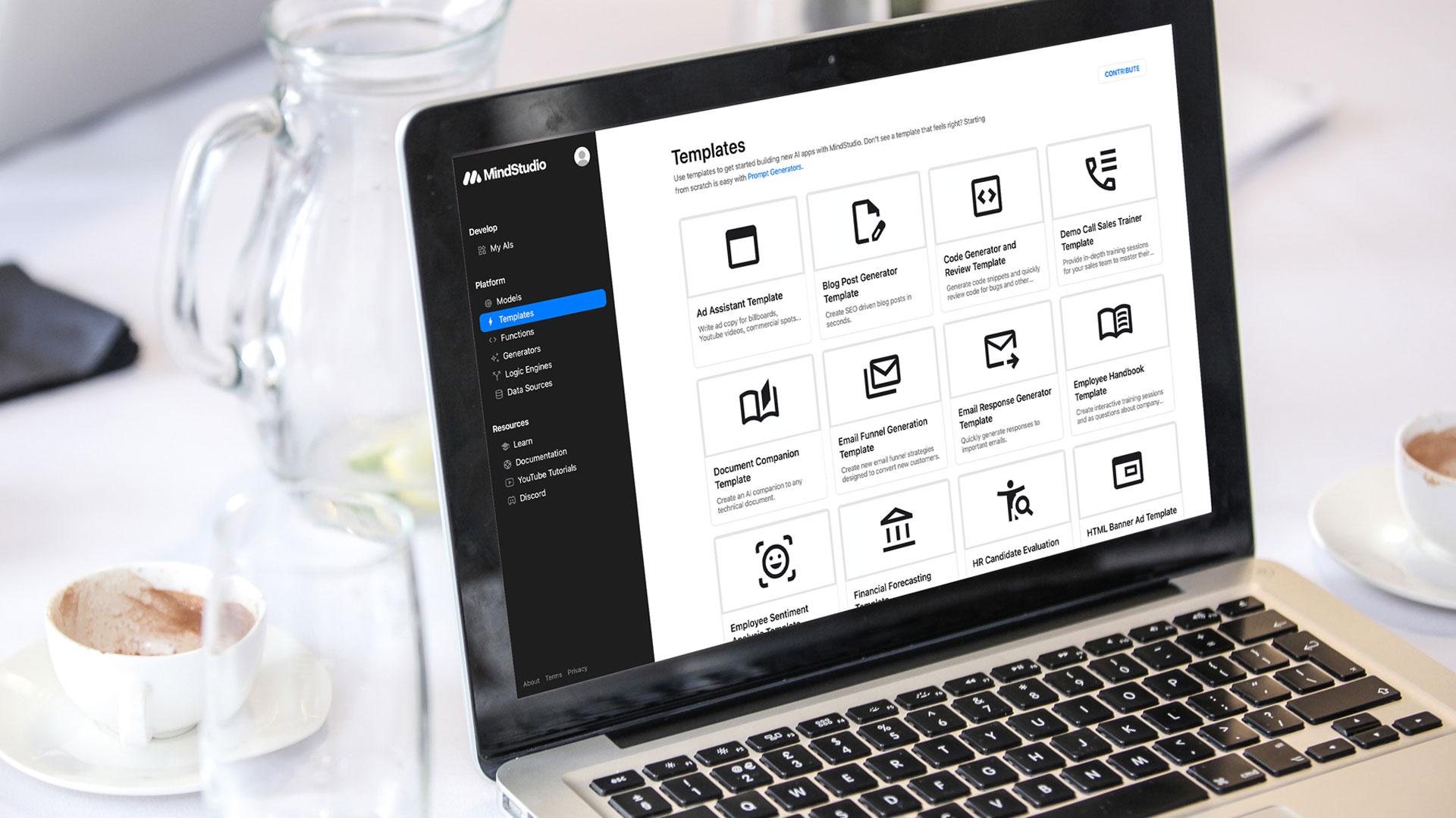
To get you started, the company provides an easy-to-follow 18-minute video tutorial. The system also helps by offering a healthy collection of templates (many of them business-focused), or you can choose a blank template. I followed the guide to recreate the demo AI app (a blog post generator), and my only criticism is that the video is slightly out of date, with some interface elements having been moved or renamed. There are some prompts to note the changes, but the video could still do with a refresh.
Still, I had no trouble creating that first AI blog generator. The key here is that you can get a lot of the work done through a visual interface that lets you add blocks along a workflow and then click on them to customize, add details, and choose which AI model you want to use (the list includes GPT- 3.5 turbo, PaLM 2, Llama 2, and Gemini Pro). While you don't necessarily have to use a particular model for each task in your app, it might be that, for example, you should be using GPT-3.5 for fast chatbots or that PaLM would be better for math; however, MindStudio cannot, at least yet, recommend which model to use and when.
Get daily insight, inspiration and deals in your inbox
Sign up for breaking news, reviews, opinion, top tech deals, and more.

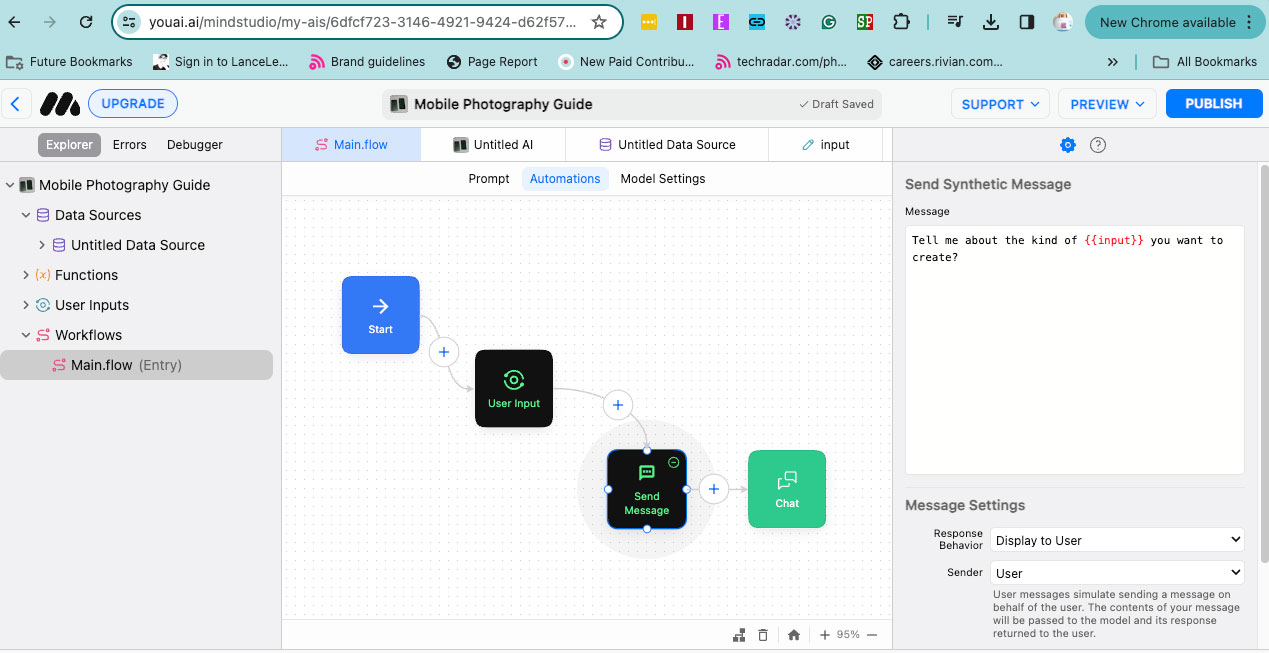
The act of adding training data is also simple. I was able to find web pages of information, download the HTML, and upload it to MindStudio (you can upload up to 150 files on a single app). MindStudio uses the information to inform the AI, but will not be cutting and pasting information from any of those pages into your app responses.
Most of MindStudio's clients are in business, and it does hide some more powerful features (embedding on third-party websites) and models (like GPT 4 Turbo) behind a paywall, but anyone can try their hand at building and sharing AI apps (you get a URL for sharing).
Confident in my newly acquired, if limited, knowledge, I set about building an AI app revolving around mobile photography advice. Granted, I used the framework I'd just learned in the AI blog post generator tutorial, but it still went far better than I expected.
One of the nice things about MindStudio is that it allows for as much or as little coding as you're prepared to do. In my case, I had to reference exactly one variable that the model would use to pull the right response.
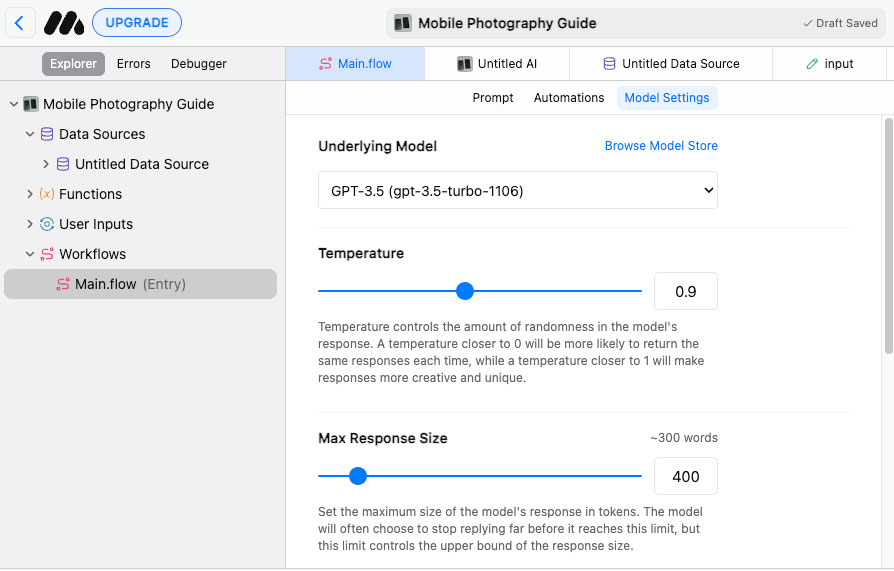
There are a lot of smart and dead-simple controls that can even teach you something about how models work. MindStudio lets you set, for instance, the 'Temperature' of your model to control the randomness of its responses. The higher the 'temp', the more unique and creative each response. If you like your model verbose, you can drag another slider to set a response size of up to 3,000 characters.
The free service includes unlimited consumer usage and messages, some basic metrics, and the ability to share your AI via a link (as I've done here). Pro users can pay $23 a month for the more powerful models like GPT-4, less MindStudio branding, and, among other things, site embedding. The $99 a-month tier includes all you get with Pro, but adds the ability to charge for access to your AI app, better analytics, API access, full chat transcripts, and enterprise support.
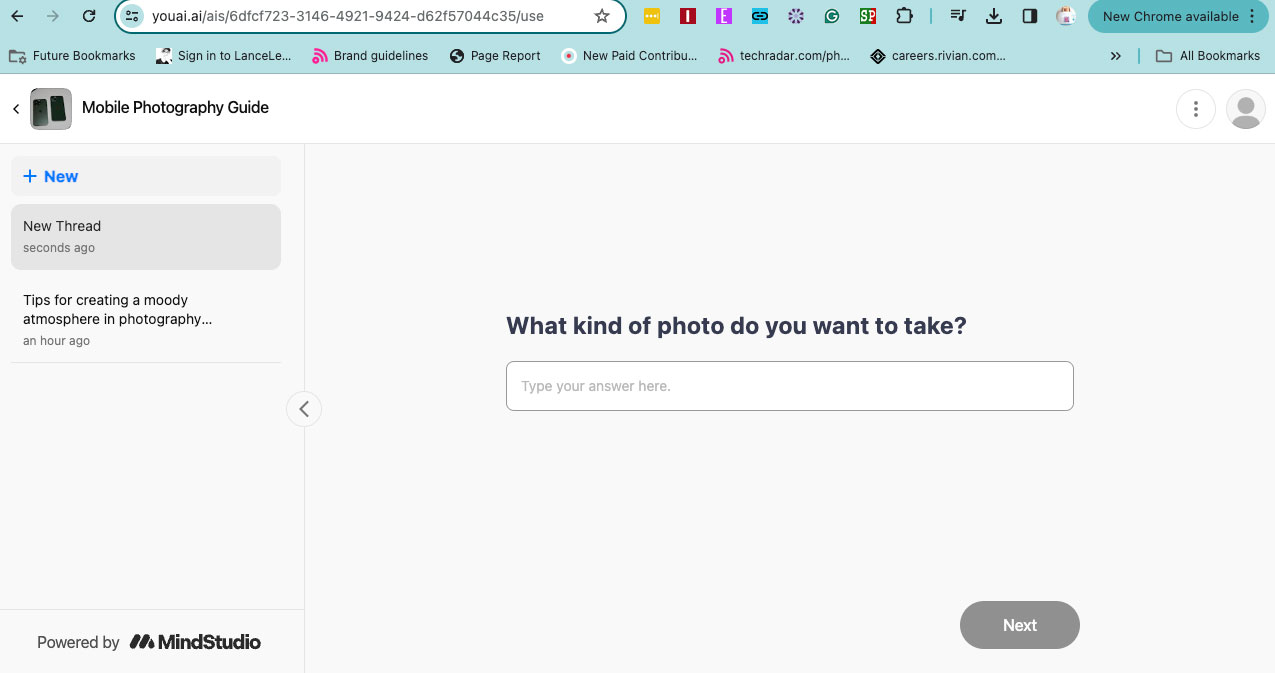
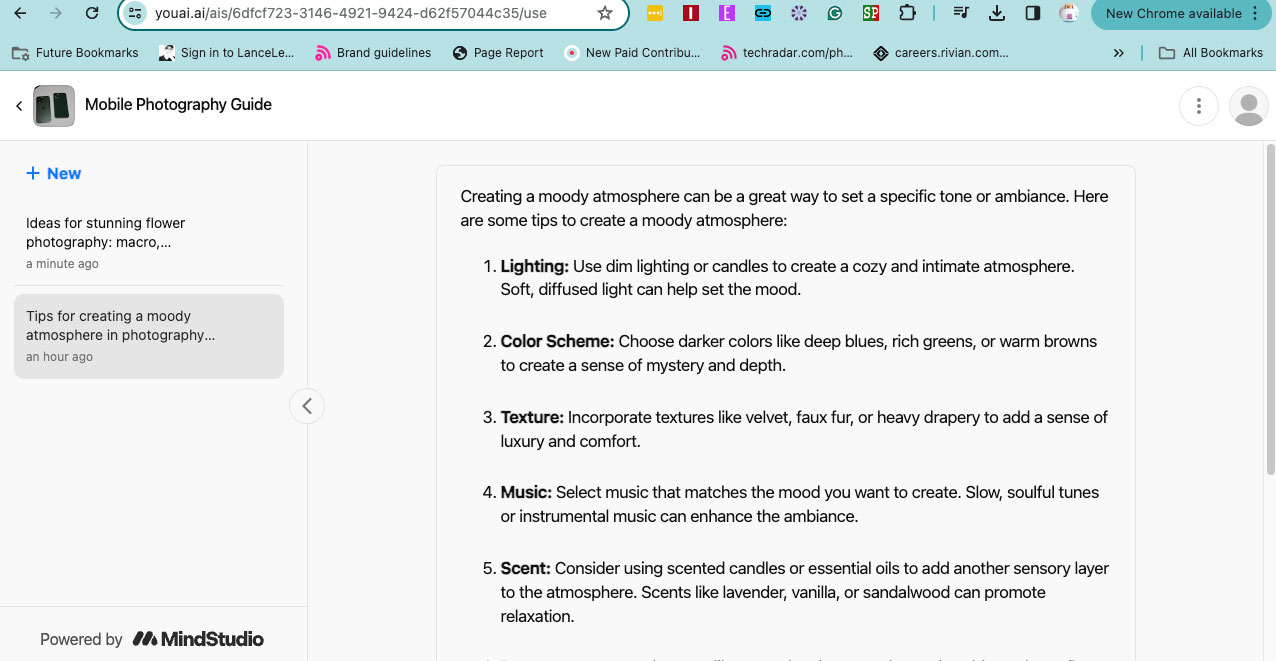
I can imagine small and medium-sized businesses using MindStudio to build customer engagement and content capture on their sites, and even as a tool for guiding users through their services.
Even at the free level, though, I was surprised at the level of customization MindStudio offers. I could add my own custom icons and art, and even build a landing page.
I wouldn't call my little AI app anything special, but the fact that I could take the germ of an idea and turn it into a bespoke chatbot in 10 minutes is surprising even to me. That I get to choose the right model for each job within an AI app is even better; and that this level of fun and utility is free is the icing on the cake.
You might also like
- What is AI? Everything you need to know about Artificial Intelligence ...
- Best AI tools
- You can now try out Samsung's Galaxy AI on any smartphone ...
- Tiny AI chip designer could become Arm's sibling - Softbank ...
- My jaw hit the floor when I watched an AI master one of the world's ...
- Should you upgrade to Google One AI Premium? Its AI features and ...

A 38-year industry veteran and award-winning journalist, Lance has covered technology since PCs were the size of suitcases and “on line” meant “waiting.” He’s a former Lifewire Editor-in-Chief, Mashable Editor-in-Chief, and, before that, Editor in Chief of PCMag.com and Senior Vice President of Content for Ziff Davis, Inc. He also wrote a popular, weekly tech column for Medium called The Upgrade.
Lance Ulanoff makes frequent appearances on national, international, and local news programs including Live with Kelly and Mark, the Today Show, Good Morning America, CNBC, CNN, and the BBC.